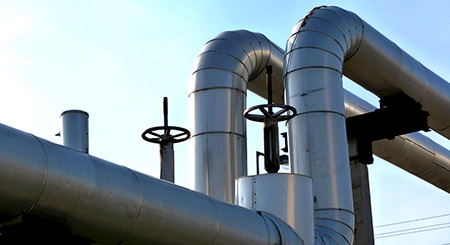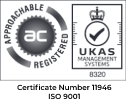- About
- How We Work
- Services
- Sectors
- Delivery
- Case Studies
- News
- Jobs
- Contact
Project Overview
Our client wanted to explore the costs and feasibility of improving their oil transfer pipeline to bring it up to date with the latest technical and environmental regulations, together with current industry best-practices. The end result was to ensure they can mitigate any risks associated with a major accident or threat to the environment.
To help guide their decision-making and plan for future improvements, AXI was tasked with conducting a comprehensive pipeline routing survey, taking into account risk studies associated with both operational Health and Safety, and the local environment that was within a sensitive area. We then developed and studied a number of routing options to ensure both safety and environmental risks could be reduced to their lowest (ALARP) levels.
We started by reviewing the client’s existing Environmental Assessment reports and their Safety (COMAH) report, to ensure our recommendations would align with the site’s environmental compliance and safety requirements.
With the site storing a substance that is hazardous to the aquatic environment, we reviewed the integrity of the existing pipeline and its supply and delivery assets at each end of the line, which were generally in good condition, however we found that the pipeline routing was not optimum.
We identify some areas for concern – including:
Impact Damage: Though the pipeline was well-constructed, there were risks of impact damage due to its proximity to mobile and heavy plant.
Pressure vs. Route: A significant change of elevation along the pipeline route was creating a far larger operating/pumping pressure than would be necessary if the pipeline was rerouted.
Leak Protection/Isolation: The current pipeline lacked any ability to isolate individual sections of the line if there was any rupture or loss of containment, and there was no automatic detection equipment that could raise an alarm if a leak did occur.
Moving forwards, we outlined that addressing these potential risks would best be undertaken by adding leak detection and improving the ability to leak test the pipeline whilst it remained in commission.
Feasibility Study & Analysis
Having conducted a site study, we identified several feasible options to reduce the safety and environmental risks, and provided a detailed cost-benefit analysis (CBA) for each option – considering the time, cost and resources required, plus the impact on operations whilst any upgrade was completed.
The study also included a RACI chart (Responsibility Matrix) to clarify the roles of all stakeholders, ensuring smooth communication and project management.
All risks were ranked using a methodology accepted by both the HSE and EA, so that our client could have confidence in our recommendations. Where the risks were deemed intolerable, additional mitigations were proposed.
The final report was well received by our client, and they are moving forward with plans to develop our recommended risk-reduction options.



